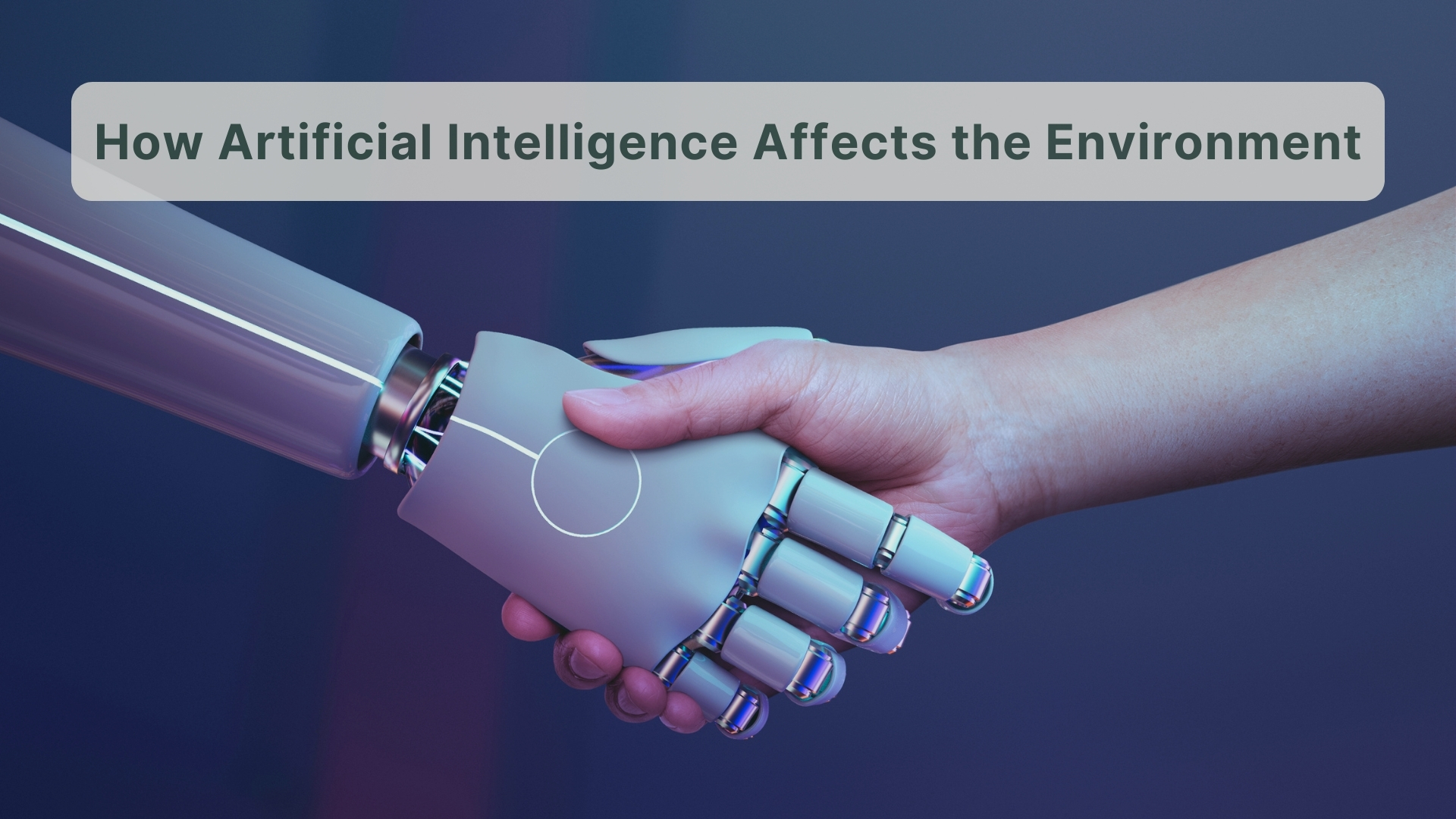Environmental Cost of Artificial Intelligence (AI)
Others

Artificial intelligence (AI) is becoming more prevalent in our world, increasing the productivity of work and study. However, there is a growing concern on how AI poses a threat to the environment. Each query in ChatGPT emits about 4.32 grams of CO2, but with millions of queries sent every day, they generate a staggering amount of carbon. Here are some factors that contribute to these emissions:
- Data centers. AI servers are stored in data centers with high electricity consumption. Thus, if the electricity is supplied by non-renewable energy, they generate huge amounts of emissions. Besides that, data centers rely on minerals and rare elements - which are often mined unsustainably - and water for cooling electrical components.
- Training. The training of generative AI models causes rapid fluctuations in energy use over different phases of the training process, consuming 7-8 times more energy than a typical computing work.
- Hardware. AI needs specialized hardware such as Graphics Processing Units (GPUs) and Tensor Processing Units (TPUs) that takes up a lot of energy for the manufacturing and operational stages.
- Waste disposal. Emissions from electronic devices and their associated waste increased by 53% between 2014 and 2020. 580 million tons of CO2 were produced in 2020 alone, and it is estimated to spike up to 852 million tons in 2030.
AI developers and users may consider several strategies to lower its emission intensity:
- Opt for renewable energy sources to power AI operations. Some companies including Google have pledged to have their AI data centers powered by clean energy such as nuclear energy.
- Develop and invest in resource-efficient hardware and algorithms to reduce energy and water needs.
- Choose a strategic location for data centers which have easy access to renewable energy and efficient cooling systems.
- Promote responsible waste management for electronic waste (e-waste). Research estimated that increasing the useful lifetime of electronic devices could have prevented 19-28 million tons of e-waste generated between 2015 and 2020.
- Harness AI utilization to optimize building energy consumption, industrial process efficiency, and supply chain management. For instance, company BrainBox AI is developing autonomous heating, ventilation, and air conditioning (HVAC) systems to study external factors affecting a building and maintain energy efficiency.
Want to expand your knowledge on decarbonization and carbon market topics? Don’t miss our weekly articles on Insights page and follow our LinkedIn to stay updated 🌳
References:
3BL. (2024). The Impact of AI on Carbon Emissions. 3BL. https://www.3blmedia.com/news/impact-ai-carbon-emissions
Aldrich, B. (2022). UCI study finds 53 percent jump in e-waste greenhouse gas emissions between 2014, 2020. UC Irvine News. https://news.uci.edu/2022/10/26/uci-study-finds-53-percent-jump-in-e-waste-greenhouse-gas-emissions-between-2014-2020/
Amar, O. (2025). AI’s Environmental Impact: Calculated and Explained. Arbor. https://www.arbor.eco/blog/ai-environmental-impact
Larson, A. (2021). How Artificial Intelligence Is Improving the Energy Efficiency of Buildings. POWER. https://www.powermag.com/how-artificial-intelligence-is-improving-the-energy-efficiency-of-buildings/
United Nations. (2025). Artificial intelligence: How much energy does AI use? United Nations Regional Information Centre for Western Europe. https://unric.org/en/artificial-intelligence-how-much-energy-does-ai-use/
Weaver, T. (2024). Google reveals its new AI data centres will be powered by on-site clean energy sources. Engineering and Technology. https://eandt.theiet.org/2024/12/12/google-reveals-its-new-ai-data-centres-will-be-powered-site-clean-energy-sources
Zewe, A. (2025). Explained: Generative AI’s environmental impact. MIT News. https://news.mit.edu/2025/explained-generative-ai-environmental-impact-0117

